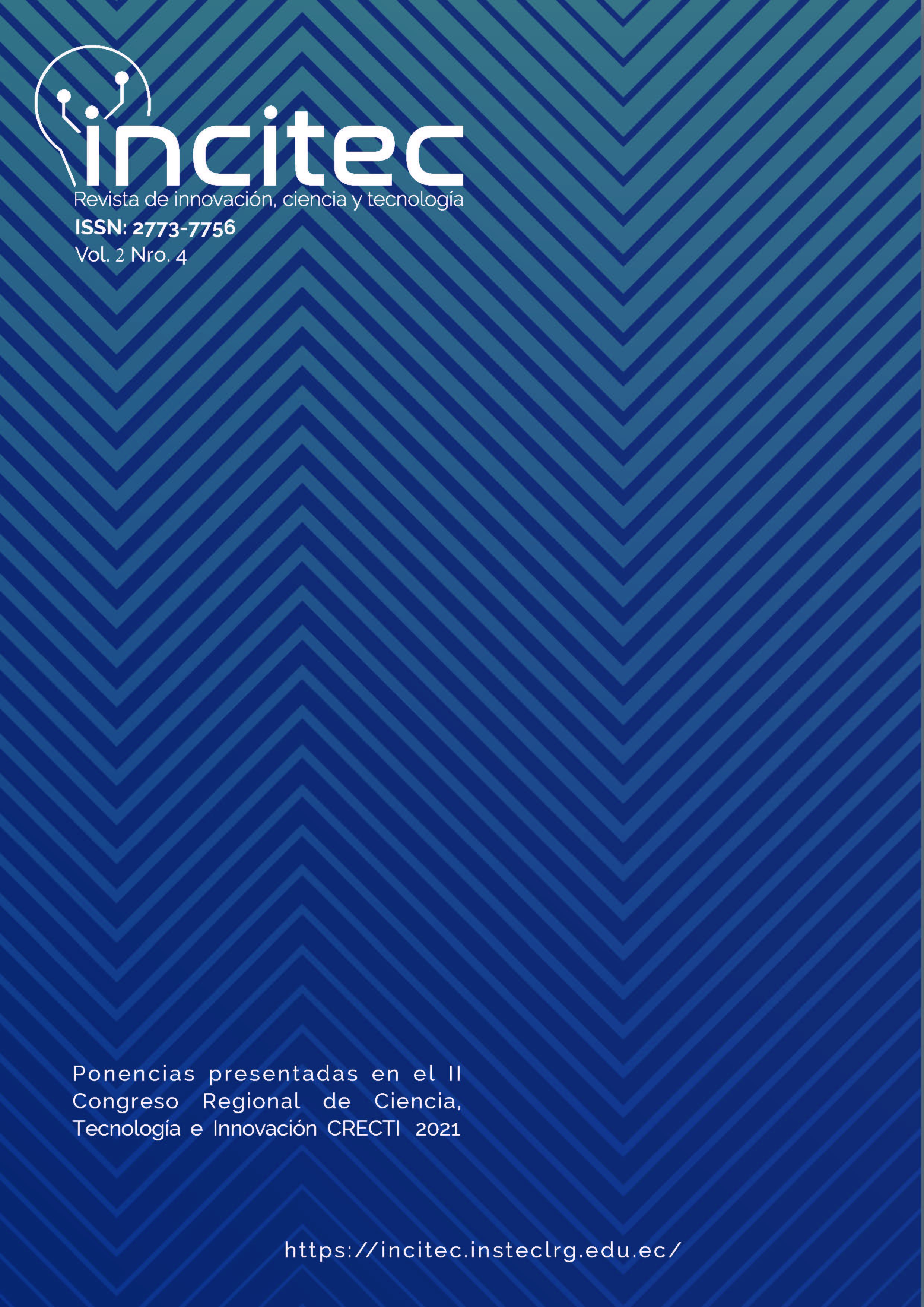Design and construction of an automaton for cleaning the surfaces of photovoltaic panels installed in the Luis Rogerio González Higher Technological Institute
DOI:
https://doi.org/10.53632/incitec.v2i4.124Keywords:
SOLAR PANEL, HALL EFFECT SENSOR, VOLTAGE SENSORAbstract
The production of electrical energy based on photovoltaic systems depends considerably on solar radiation and its degree of inclination at the installation site, however, there are other external agents that affect its performance, such as: the accumulation of dust on the surface of the solar panel, which is why, in this research work we propose the design and construction of an automaton system, which consists of: Arduino card as the main processing unit of the signals sent by the voltage sensors, current (HALL effect), dust sensor and light
intensity, also for cleaning the surface the prototype uses nylon rollers to clean the panels and rubber brushes. The system can be installed directly on the panels of solar power plants and commercial and residential sectors, in this system the water can be reused, there is no vibration. The project aims to increase the efficiency of the solar panel by eliminating dust particles.
Downloads
References
[2] J. M. Méndez Muñiz y R. Cuervo García, Energía Solar Fotovoltaica, 2da ed., vol. 2do. España: Fundación Confemetal, 2011. Accedido: 15
de mayo de 2022. [En línea]. Disponible en: https://books.solar&f=false
[3] M. Hossain, F. Rabbi, S. Zaman, F. Rahman, y Md. S. Islam, “Study Bangladesh”, en 2020 2nd International Conference on Sustainable
Technologies for Industry 4.0 (STI), Dhaka, Bangladesh, dic. 2020, pp. 1-4. doi: 10.1109/STI50764.2020.9350391.
[4] M. Mazumder et al., “Characterization of Electrodynamic Screen Performance for Dust Removal from Solar Panels and Solar Hydrogen Generators”, IEEE Trans. Ind. Appl., vol. 49, n.o 4, pp. 1793-1800, jul. 2013, doi: 10.1109/TIA.2013.2258391.
[5] V. Kavya y R. M. R. Keshav, “Solar Dust Detection System”, en 2018 International Conference on Power Energy, Environment and Intelligent Control (PEEIC), Greater Noida, India, abr. 2018, pp. 138- 140. doi: 10.1109/PEEIC.2018.8665410.
[6] S. K. Thomas, S. Joseph, T. S. Sarrop, S. B. Haris, y R. Roopak, “Solar Panel Automated Cleaning (SPAC) System”, en 2018 International Conference on Emerging Trends and Innovations In Engineering And Technological Research (ICETIETR), Ernakulam, jul. 2018, pp. 1-3. doi: 10.1109/ICETIETR.2018.8529032.
[7] B. Miranda, J. L. Casais, M. E. Bierzychudek, H. Parks, y B. Djokic, “A Study of Voltage Dependence of a High DC Voltage Divider”, en 2020 Conference on Precision Electromagnetic Measurements (CPEM), Denver (Aurora), CO, USA, ago. 2020, pp. 1-2. doi: 10.1109/CPEM49742.2020.9191731.
[8] "Performance Parameters of the Solar PV Module”, en 2019 Fifth International Conference on Electrical Energy Systems (ICEES), Chennai, India, feb. 2019, pp. 1-5. doi: 10.1109/ICEES.2019.8719298.
[9] E. Widmann, J. Schanz, M. Rohlfes, y O. Konig, “WINDFINDER”,Alemania, 1999. Accedido: 19 de mayo de 2022. [En línea].
[10] S. SAMYOUNG, “Particle / Dust Sensor Module DSM 501 Series”. 2012. Accedido: 19 de mayo de 2022. [En línea]. Disponible en: https:// altronics.cl/uploads/dsm501.pdf
[11] O. M. Aguilar Barrientos, “Diseño e implementación de prototipo para el monitoreo de consumo eléctrico basadas en red CC2530, ACS712 y ZigBee”, Andrés Bello, Chile, 2018.
[12] A. Suryana, M. R. Fauzi, R. A. Ramadhan, y F. Muiz, “Monitoring Electrical Energy Consumption Through Impulse Detection Using LDR Sensors and Relay With NodeMCU ESP8266”, en 2019 5th International Conference on Computing Engineering and Design (ICCED), Singapore, Singapore, abr. 2019, pp. 1-7. doi: 10.1109/ ICCED46541.2019.9161127.


